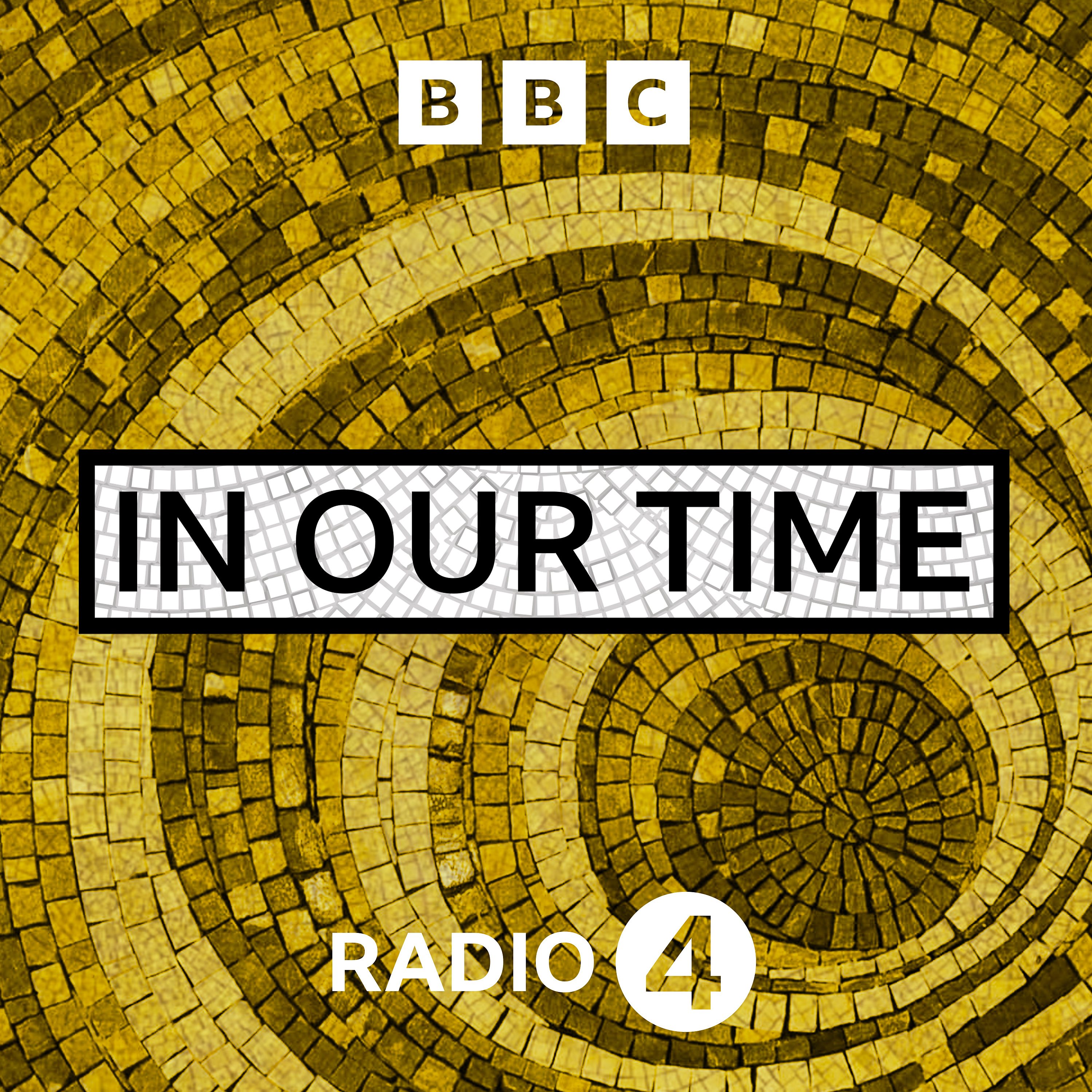- History
- SEE MORE
- classical
- general
- talk
- News
- Family
- Bürgerfunk
- pop
- Islam
- soul
- jazz
- Comedy
- humor
- wissenschaft
- opera
- baroque
- gesellschaft
- theater
- Local
- alternative
- electro
- rock
- rap
- lifestyle
- Music
- como
- RNE
- ballads
- greek
- Buddhism
- deportes
- christian
- Technology
- piano
- djs
- Dance
- dutch
- flamenco
- social
- hope
- christian rock
- academia
- afrique
- Business
- musique
- ελληνική-μουσική
- religion
- World radio
- Zarzuela
- travel
- World
- NFL
- media
- Art
- public
- Sports
- Gospel
- st.
- baptist
- Leisure
- Kids & Family
- musical
- club
- Culture
- Health & Fitness
- True Crime
- Fiction
- children
- Society & Culture
- TV & Film
- gold
- kunst
- música
- gay
- Natural
- a
- francais
- bach
- economics
- kultur
- evangelical
- tech
- Opinion
- Government
- gaming
- College
- technik
- Jesus
- Health
- movies
- radio
- services
- Church
- podcast
- Education
- international
- Transportation
- Other
- kids
- podcasts
- philadelphia
- Noticias
- love
- sport
- Salud
- film
- and
- 4chan
- Disco
- Stories
- fashion
- Arts
- interviews
- hardstyle
- entertainment
- humour
- medieval
- literature
- alma
- Cultura
- video
- TV
- Science
- en
The Interregnum

Melvyn Bragg and guests discuss the period between the execution of Charles I in 1649 and the unexpected restoration of his son Charles II in 1660, known as The Interregnum. It was marked in England by an elusive pursuit of stability, with serious consequences in Scotland and notorious ones in Ireland. When Parliament executed Charles it had also killed Scotland and Ireland\u2019s king, without their consent; Scotland immediately declared Charles II king of Britain, and Ireland too favoured Charles. In the interests of political and financial security, Parliament's forces, led by Oliver Cromwell, soon invaded Ireland and then turned to defeating Scotland. However, the improvised power structures in England did not last and Oliver Cromwell's death in 1658 was followed by the threat of anarchy. In England, Charles II had some success in overturning the changes of the 1650s but there were lasting consequences for Scotland and the notorious changes in Ireland were entrenched.
The Dutch image of Oliver Cromwell, above, was published by Joost Hartgers c1649
With
Clare Jackson\nSenior Tutor at Trinity Hall, University of Cambridge
Miche\xe1l \xd3 Siochr\xfa \nProfessor in Modern History at Trinity College Dublin
And
Laura Stewart\nProfessor in Early Modern History at the University of York
Producer: Simon Tillotson